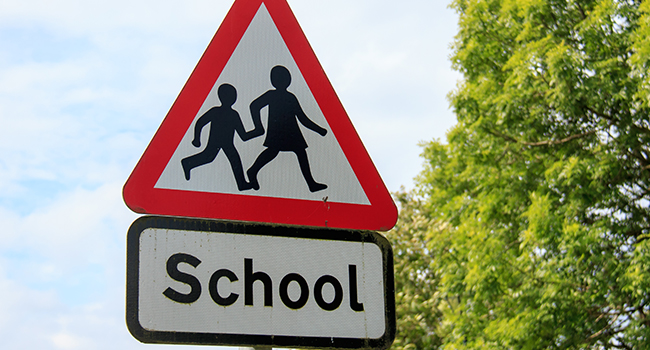
Wisconsin School District Works on Plan to Improve School Safety
Wisconsin is requiring schools to develop crisis management procedures and share their safety plans with the community. The De Pere School Board’s latest school safety plan is 88 pages long.
- By Jessica Davis
- December 19, 2018
The school board for the De Pere Unified School District is working to improve safety on its campuses.
Wisconsin is requiring schools to develop crisis management procedures and share their safety plans with the community. The De Pere School Board’s latest school safety plan is 88 pages long.
The Wisconsin Department of Justice created the office of school safety last spring, allotting $100 million in grants for K-12 schools. The De Pere Unified School District has received about $250,000 in funds, which it plans to use to update technology, install video surveillance and add safety screens to windows.
The safety of campus buildings is important, the De Pere School District said, but it’s also hoping to improve resources for mental health at its schools.
“So much of the additional work, though, goes beyond safety and more into mental health, and I think that's a much longer process,” said Jerry Nicholson, who is the Pupil Services Director for the Unified School District of De Pere. It's not a simple answer with one year's worth of grants. It requires so much work and support in systems around students and around families.”
Nicholson said it’s important to foster good relationships between students and staff.
“We've done a lot in that area, and it was an area the district was already investing in. Certainly the dollars are beneficial in helping us to move along quicker,” Nicholson told Action 2 News. “We are looking at trauma sensitive schools training, also looking at threat assessment training, there's adolescent mental health training.”
The school board’s safety plan includes active shooter and hostage situations, chemical accidents and bus accidents.
“It's about connecting, supporting, and reducing the risk, for all of us, whether it's within the community or within the school,” Nicholson said.
The district’s next step is to finalize the school safety plan.
About the Author
Jessica Davis is the Associate Content Editor for 1105 Media.